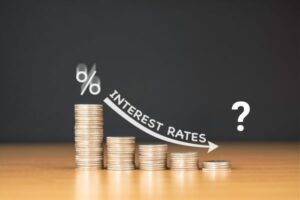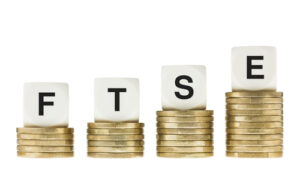The basic, higher and additional rates of income tax for 2019/20 remain at 20%, 40% and 45% respectively. The basic rate limit for 2019/20 rose to £37,500 (except in Scotland). The threshold at which a taxpayer starts paying additional rate tax is unchanged at £150,000. The personal allowance for 2019/20 increased to £12,500. The point at which an individual is liable to higher rate income tax is £12,500 + £37,500 = £50,000.
The personal savings allowance for interest received remains at £1,000 in 2019/20 for basic rate taxpayers (i.e. those who have no income chargeable at the higher or additional rates or their dividend equivalents). For taxpayers with income chargeable at the higher rate or its dividend equivalent, the personal savings allowance is £500.
Taxpayers with income chargeable at the additional rate or its dividend equivalent are not entitled to any personal savings allowance.
The 0% starting rate tax band for savings income other than dividends (e.g. bank and building society interest) remains at £5,000. This tax band is only fully available where earned income (e.g. salary, benefits in kind, pensions, etc.) does not exceed the personal allowance, and it reduces to the extent that earned income does exceed the personal allowance. So, for example, if earned income is £13,000, the 0% starting rate for savings income reduces from £5,000 to £4,500. Also, this 0% tax band is not a true exemption as it uses up part of the basic rate tax band.
The trust rate, which applies to the income of discretionary and accumulation trusts above the standard rate band limit of £1,000, remains at 45% for 2019/20 and the dividend trust rate is 38.1%.
Couples where at least one of the spouses (or civil partners) was born before 6 April 1935 can still claim the old married couple’s allowance. This allowance, which is relieved at 10%, is £8,915 for 2019/20. The income limit for the married couple’s allowance is £29,600. If this limit is exceeded, the married couple’s allowance is reduced by £1 for every £2 of excess income but can never take the married couple’s allowance down to a figure of less than £3,450.






No comment yet, add your voice below!